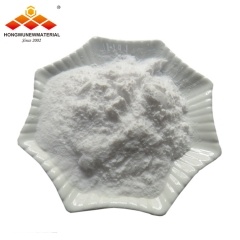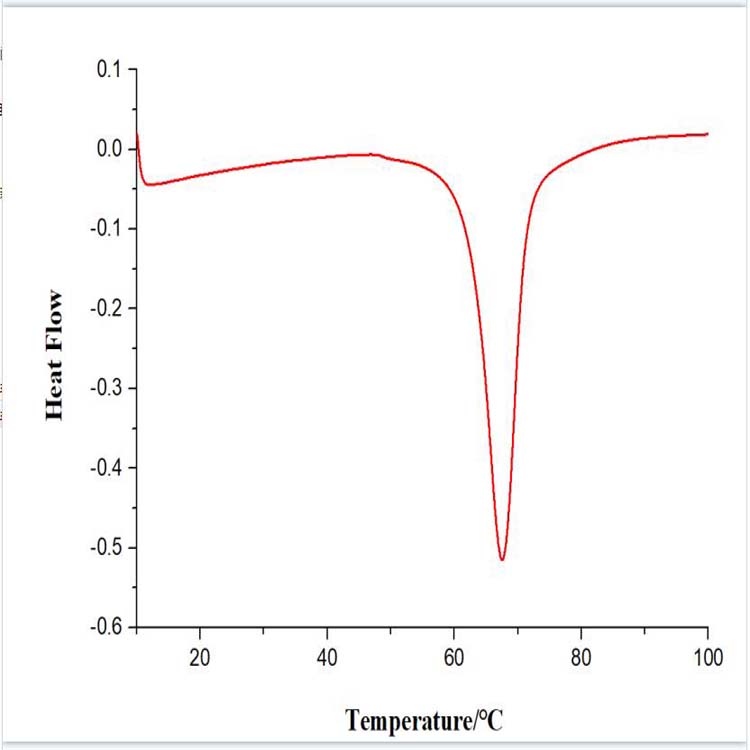which nanomaterials are you looking for?
- Home
- About Us
- Products center
- Element/Metal Nanoparticles
- Al Aluminum Nanoparticles
- Bi Bismuth Nanoparticles
- Cu Copper Nanoparticles
- Micron Copper Powders
- Co Cobalt Nanoparticles
- Fe Iron Nanopowders
- In Indium Nanoparticles
- Mo Molybdenum Nanoparticle
- Ni Nickel Nanoparticles
- Nb Niobium Nanoparticle
- Stainless Steel 316L Nanoparticle
- Stainless Steel 430 Nanoparticle
- W Tungsten Nanoparticles
- Ta Tantalum Nanopowders
- Zn Zinc Nanoparticles
- Sn Tin Nanopowder
- Zr Zirconium Powder
- B Boron Nanopowders
- Ti Titanium Nanoparticles
- Si Silicon Nanoparticles
- Customization of Nanomaterials
- Nano Colloids
- Silver Nanowire Conductive Ink
- Silver Nanopowders (Ag)
- Carbon nanotubes
- Single-walled Carbon Nanotubes (SWCNTs)
- Double-walled Carbon Nanotubes (DWCNTs)
- Multi walled Carbon Nanotubes (MWCNTs)
- MWCNTs-COOH
- MWCNTs-OH
- SWCNTs with Functional Groups
- Nickel-Coated MWCNTs
- Carbon Nanotubes Dispersion
- Nitrogen-doped Graphitization MWCNTs
- Titanate Nanotubes
- Amino-modified carbon nanotubes
- Precious Metal Nanopowders
- Oxides Nanoparticles
- SiO2 Silicon Dioxide Nanopowder
- Al2O3 Aluminum Oxide Nanopowder
- CUO Copper Oxide Nanopowder
- Cu2O Cuprous Oxide Nanopowder
- Fe3O4 Iron Oxide black Nanopowder
- Fe2O3 Iron Oxide red Nanopowder
- MgO Magnesium Oxide Nanopowder
- Ni2O3 Nickelic Oxide Nanopowder
- SnO2 Tin Oxide Nanopowder
- TiO2 Titanium Oxide Nanopowder
- WO3 Tungsten Oxide Nanopowder
- ZrO2 Zirconium Oxide Nanopowder
- Y2O3 Yttrium Oxide Nanopowder
- ZnO Zinc Oxide Nanopowder
- AZO Aluminum Zinc oxide Nanopowder
- ITO Indium Tin Oxide Nanopowder
- ATO Antimony Tin Oxide Nanopowder
- In2O3 Indium Oxide Nanopowder
- Sb2O3 Antimony oxide Nanopowder
- Bi2O3 Bismuth Oxide Nanopowder
- VO2 Vanadium Dioxide Nanoparticles
- Ta2O5 Tantalum Oxide Nanoparticles
- CeO2 Cerium Oxide Nanopowder
- MnO2 Manganese Oxide Nanopowder
- Co3O4 Cobalt Oxide Nanopowder
- Zirconia Powder and Ceramic Parts
- Silicon Carbide Nanopowders (SIC)
- Metal Nanowires
- Metal Alloy Nanoparticles
- Ternary Alloy Nanopowders
- Tungsten-Copper(W-Cu) Alloy Nanopowder
- Copper Zinc (Cu-Zn) Alloy Nanopowder
- Nickel Titanium (Ni-Ti) Alloy Nanopowder
- Iron Nickel Cobalt (Fe-Ni-Co) Alloy Nanopowder
- Chromium Nickel Iron (Cr-Ni-Fe) Alloy Nanopowder
- Iron Chrome Cobalt (Fe-Cr-Co) Alloy Nanopowder
- Ferronickel (Fe-Ni) Alloy Nanopowder
- Tin bismuth (Sn-Bi) Alloy Nanopowder
- Tin Copper (Sn-Cu) Alloy Nanopowde
- Nickel Chrome (Ni-Cr) Alloy Nanopowder
- Nickel Cobalt (Ni-Co) Alloy Nanopowder
- Nickel Copper (Ni-Cu) Alloy Nanopowder
- Silver-Copper(Ag-Cu) Alloy Nanopowder
- Silver-Tin(Ag-Sn) Alloy Nanopowder
- Carbon Material Nanopowders
- Nitrides Nanoparticles
- Compound NanoMaterials
- TiB2 Titanium Diboride Powder
- Tungsten Carbide (WC) Alloy Nanopowder
- Tungsten Carbide Cobalt (WC-Co) Alloy Nanopowder
- LaF3 Lanthanum Trifluoride Nanopowder
- ZrH2 Zirconium Hydride Powder
- TiH2 Titanium Hydride Powder
- TiC Titanium Carbide Nanopowder
- B4C Boron Carbide Nanopowders
- BaTiO3 Barium Titanate Nanopowder
- ZrB2 Zirconium diboride powder
- Element/Metal Nanoparticles
- news
- service support
- Contact Us


 English
English français
français Deutsch
Deutsch русский
русский italiano
italiano español
español português
português 日本語
日本語 한국의
한국의 Türkçe
Türkçe

















 8620-87226359,8620-87748917
8620-87226359,8620-87748917

